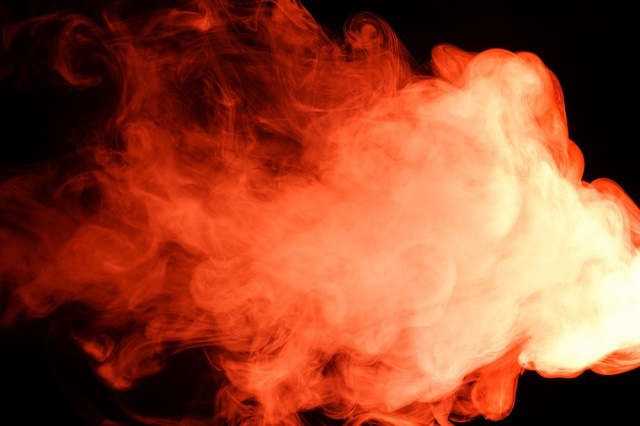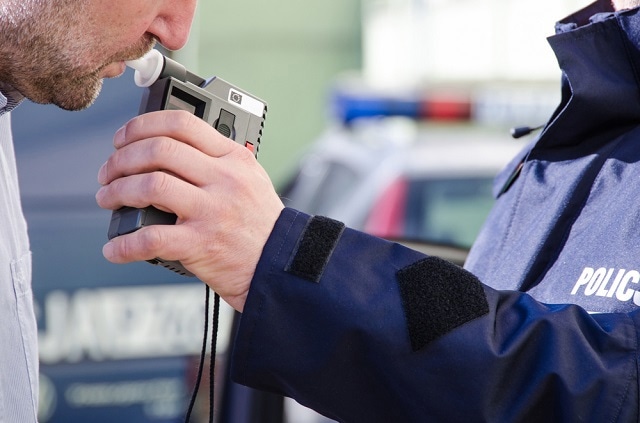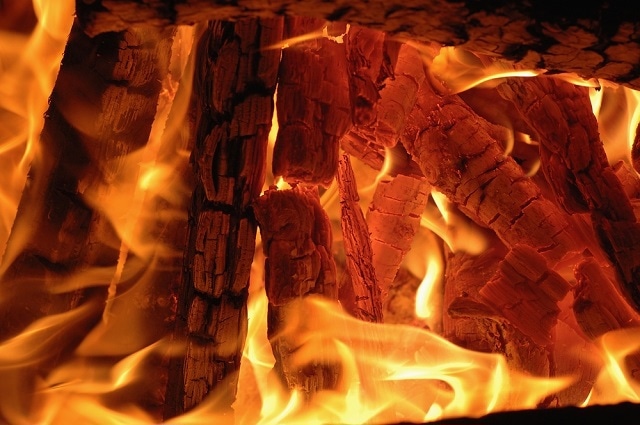Please could you give our readers an overview of Dexter Research as a company and the products that you provide?
Dexter Research is a designer and manufacturer of thermopile detectors, our founder (Dr. Toth) practiced in this technology for years before forming us in 1977. Since that time, we have expanded thermopile manufacturing from thin-film deposition to include MEMS manufacturing technology, and we’ve been part of developing the thermopile from the historically traditional military, medical, and analytical secotrs to newer solar and portable gas analysis applications.
It’s exciting because after all these years IR/NDIR technology can now affordably spread into public, consumer and mobile products as well. We strive to offer complete thermopile customization and even signal processing and gas cell development, which all can be rolled right into volume production here in our own facility.
What are the mechanisms behind thermopile coupled infrared detectors such as NDIRs? (Nondispersive Infrared Sensors)
Thermopile and NDIR mechanisms are sometimes unfamiliar to customers at first, but from a scientific standpoint they are relatively simple: You need an IR source to provide energy, a thermopile with the appropriate bandpass IR filter, and a “chamber” of some sort between the two, through which you pass your sample for analysis.
Many gasses have a specific resonance frequency, or wavelength of energy that they absorb, so you use an IR filter on your thermopile that passes the absorption wavelength for your gas of interest. When no gas of interest is present, the thermopile produces an electric signal based on the full IR source energy received.
As the concentration of your target gas increases in the sample chamber, the gas absorption of the IR radiation reduces the energy reaching the thermopile, which results in a reducuction of the thermopiles signal. These differences in signal can be calibrated to the concentration of gas.
How can NDIRs be used to measure the concentration of CO2 present? Can they be adjusted to measure other compounds of interest?
Thermopiles and NDIR technology have become flexible enough to accommodate a full range of applications. These include high end analytical & critical care CO2 monitoring to automotive emissions monitoring, but also more basic systems for human occupancy thresholds and levels of CO2 in a given space for public safety.

Thermopile based sensors can be used to determine the concentration of specific gases such as CO2
The basic principles of NDIR are applicable to any gas with a unique and specific IR absorption signature. This covers CO, CO2, methane/ethanol, hydrocarbon(s), refrigerants, alcohols and anaesthetic gasses to just name a few.
As well as CO2 monitoring for health and safety what other applications are your NDIR sensors used in?
Our sensors in NDIR applications can be found in almost every industry. They can be used to measure blood alcohol in breathalysers, the concentration of anaesthetic gasses for patient monitoring, and to determine the levels of hazardous gases in mines and the presence of refrigerent leaks.
They can even be used to monitor toxic or explosive gases because the thermopile and electronics can be sealed separately from the potentially hazardous environment.

NDIR thermopiles can be used in breathalysers
What are the specific advantages of using a thermopile based NDIR compared to competing technologies such as pyroelectric or photon based detectors?
Unlike a pyroelectric detector, a thermopile is capable of measuring infrared radiation without a chopper. Also unlike pyroelectric sensors thermopiles are not sensitive to vibration, so they give more accurate results.
Whilst photodiodes (photon based sensors) are highly accurate they are not very versatile when compared to thermopiles. Each thermopile is capable of measuring in the range of mid-UV to far-IR, whereas photodiodes are limited to specific response ranges based on their construction materials.
NDIR sensors can also be used to detect flames, please could you describe how they are able to achieve this?
Flames from a hydrocarbon fire, such as wood & fossil fuels emit a high level of heated CO2 as a product of combustion. The heated CO2 emits energy at the CO2 resonance frequency of around 4.3 μm, so it acts like an IR energy source for that specific wavelength. Using a thermopile with an IR filter that is specific to this wavelength you can now detect the flame signature based on its’ emissions.
Whilst the detection of CO2 emission from a hydrocarbon flame is our most commonly supported flame application, our thermopiles are also sensitive to the UV, visible, and far IR (heat) signatures of flames as well.
This means that the same basic thermopile model can be used, or a multi-thermopile unit alongside different bandpass filters, to detect different gases. False alarms can then be reduced by the secondary detection of IR heat or the emissions wavelengths of other fuels.

As well as detecting gases NDIR sensors can also be used to identify, and analyse the composition of, flames
What industries benefit from the use of your flame detectors?
We are proud to have had our thermopiles in flame detection and fire suppression systems for aircraft and a wide range of military ground vehicles for decades now. They can also be found in flame-fire detection systems inside warehouses, industrial facilities, commercial vehicles and busses.
What does Dexter Research offer for their NDIR customers that other companies do not?
We strive to offer the best engineering support and product support possible, period.
We are a private company, which allows us to be flexible and responsive, whether that is up front with more product and customization offerings than all our competitors combined, in engineering support, or co-development for signal processing, subsystem and product development.
Do Dexter have anything exciting planned for the future in the fields of flame and gas detection?
Dexter Research has taken a fresh deliberate focus on helping our customers find the right solution.
The new economics of precision circuity and assembly techniques that can support high volume thermopile assembly, are making IR/NDIR technology available for applications today that simply weren’t practical 10 or 20 years ago.
In the last couple of years alone we’ve co-developed a gas detection cell into a wearable product, ruggedized thermopiles for outdoor and high temperature applications, and offered single and dual channel units with digital output and SMBus communication support to help speed up concept development.
We are currently supporting development of on-board gas detection monitoring for use in vehicles, and new multi-channel and surface mount package options. Here at Dexter Research it is an exciting time for innovation opportunities.
About Kevin Lewandowski

Kevin Lewandowski is the primary technical contact for customers and staff relating to thermopile performance & design, IR-NDIR principles and application engineering at Dexter Research.
An intial job in holography peaked Kevin's interests in spectral energy, leading him to further develop his thermopile and engineering skills at community & private college.
Kevin has over 26 years of product & industry experience with Dexter Research where he has worked in every facet; from thermopile production to supervision, quality control, product & project leading to engineering.
Disclaimer: The views expressed here are those of the interviewee and do not necessarily represent the views of AZoM.com Limited (T/A) AZoNetwork, the owner and operator of this website. This disclaimer forms part of the Terms and Conditions of use of this website.